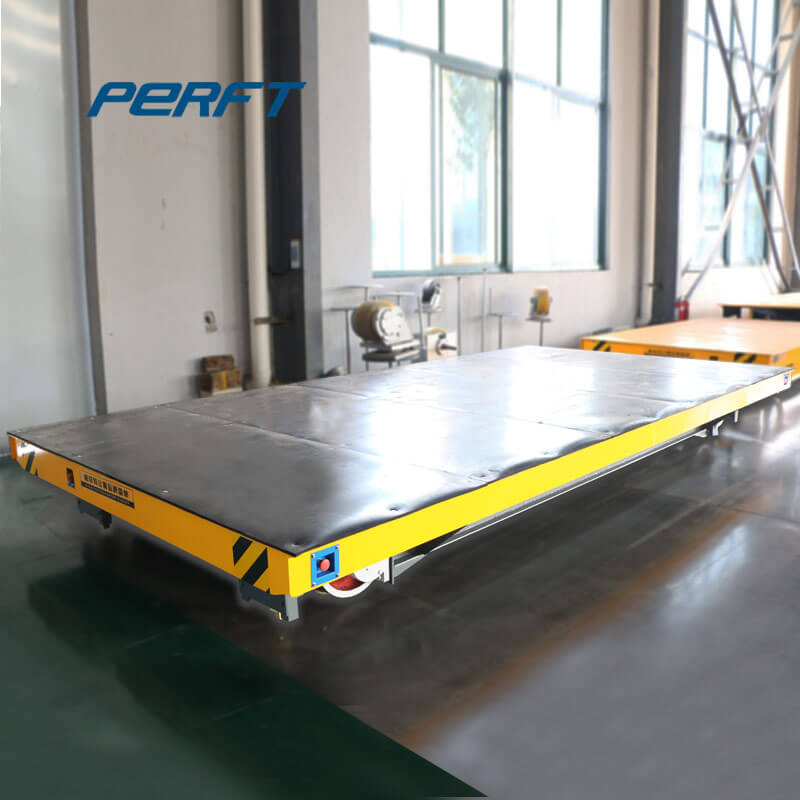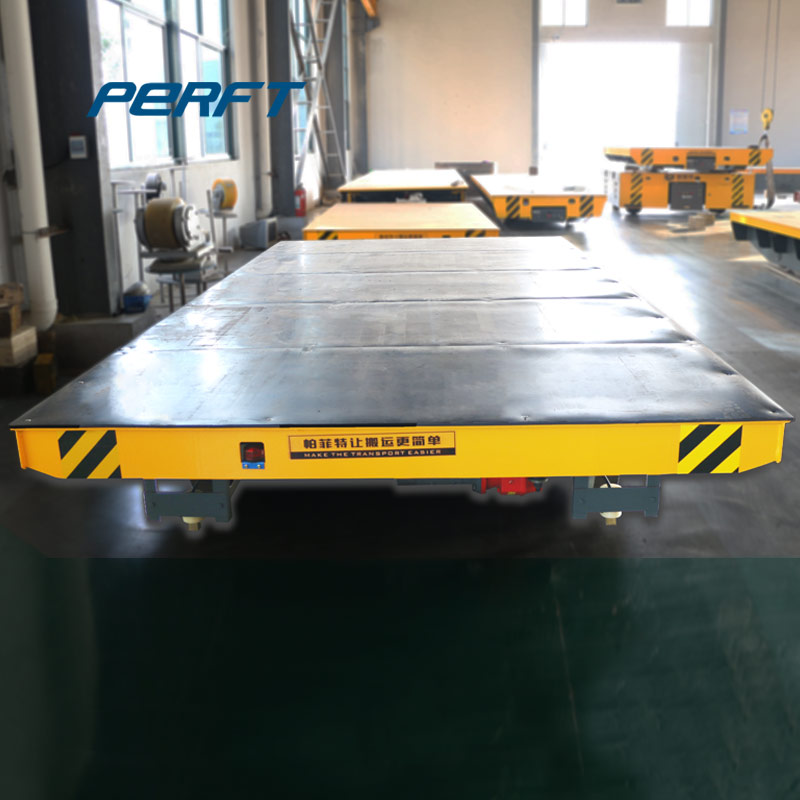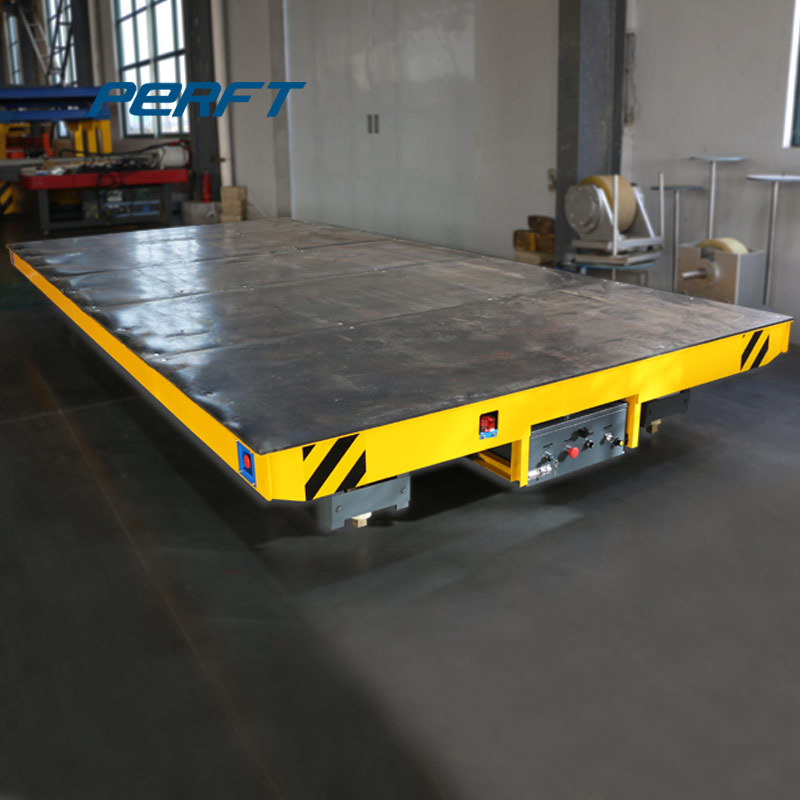


.jpg)
.jpg)
.jpg)
.jpg)
.jpg)
.jpg)
.jpg)
.jpg)
.jpg)
.jpg)
.jpg)
.jpg)
.jpg)
.jpg)
.jpg)
.jpg)
.jpg)
.jpg)
.jpg)
.jpg)
.jpg)
.jpg)
.jpg)
.jpg)
.jpg)
.jpg)
.jpg)
.jpg)
.jpg)
.jpg)
.jpg)
.jpg)
.jpg)
.jpg)
.jpg)
.jpg)
.jpg)
.jpg)
.jpg)
.jpg)
.jpg)
.jpg)
.jpg)
.jpg)
.jpg)
.jpg)
.jpg)
.jpg)
.jpg)
.jpg)
.jpg)
.jpg)
.jpg)
.jpg)
.jpg)
.jpg)
.jpg)
.jpg)
.jpg)
.jpg)
.jpg)
.jpg)
.jpg)
.jpg)
.jpg)
.jpg)
.jpg)
.jpg)
.jpg)
.jpg)
.jpg)
.jpg)
.jpg)
.jpg)
.jpg)
.jpg)
.jpg)
.jpg)
.jpg)
.jpg)
.jpg)
.jpg)
.jpg)
.jpg)
.jpg)
.jpg)
.jpg)
.jpg)
.jpg)
.jpg)
.jpg)
.jpg)
.jpg)
.jpg)
.jpg)
.jpg)
.jpg)
.jpg)
.jpg)
.jpg)
Transportation in the United States is facilitated by road, air, rail, and waterways (via boats). The vast majority of passenger travel occurs by automobile for shorter distances, and airplane (or railroad, in some regions) for longer distances. In descending order, most
Container transport refers to the transportation of goods in standardized re-sealable transportation boxes by rail and sea. Data are expressed in tons and twenty-foot equivalent units (TEU). TEU is based on a container of 20 foot length (6.10 m) providing a standardised measure of containers of various capacities and for describing the capacity of container ships or terminals.
Power Calculations. The Power required to move a train is defined by a simple formula: P=TS/375. Where P is power in horsepower at the rails, T is tractive effort in pounds and S is speed in miles per hour. The engine horsepower at the flywheel is reduced by the auxiliaries such as air compressor, cooling fan, charging alternator, traction
To find the equipment that's right for you, select the product you want to ship and we will tell you the rail car or container you can use. Specific dimensions may vary by container series and/or manufacturer. If precise dimensions are required, please contact your CN Account Manager. Category.
Railway capacity is often believed to be solely a function of the amount of rail infrastructure a railway has in place. This refers to the capability of a railcar to handle lading, as measured in terms of volume (i.e. tons), the capability of the car to move at a higher1. ...
2 Analysis of Freight Rail Rates for U.S. Shippers Methodology For this study, Escalation Consultants examined Class I railroad rate data from the Surface Transportation oard’s (ST) Public Use Waybill sample for all major commodity groups shipped by rail. Data
Bi-level and tri-level rail cars are designed to transport pick-up trucks, minivans and sports utility vehicles. Each rail car has a maximum load capacity of 10 to 15 vehicles. Products likePerfectr tractors, motor homes and military vehicles move on uni-level flat cars. Inside length: 89', 4". Inside width: 8', 7".
Used rail refers to the railroad track or railway track that once had used on busy lines such as heavy-haul mainline railway, now reused in light transport industrial areas. It is mainly used for 10-20 tons of temporary transportation lines, light locomotive lines, crane tracks, driving tracks that are laid in forest areas, mining areas, factories, and construction sites.
Transportation in the United States is facilitated by road, air, rail, and waterways (via boats). The vast majority of passenger travel occurs by automobile for shorter distances, and airplane (or railroad, in some regions) for longer distances. In descending order, most
Bi-level and tri-level rail cars are designed to transport pick-up trucks, minivans and sports utility vehicles. Each rail car has a maximum load capacity of 10 to 15 vehicles. Products likePerfectr tractors, motor homes and military vehicles move on uni-level flat cars. Inside length: 89', 4". Inside width: 8', 7".
Definition ofFreight transport. Freight transport refers to the total movement of goods using inland transport on a given network. Data are expressed in million tonne-kilometres, which represents the transport of one tonne over one kilometre. Components for road and rail are available. More.
1.5 In September 2014, the Government announced the Railway Development Strategy 2014 (“RDS-2014”). The RDS-2014 reaffirmed the policy of using railway as the backbone of our public transport system and mapped out the development and planning blueprint